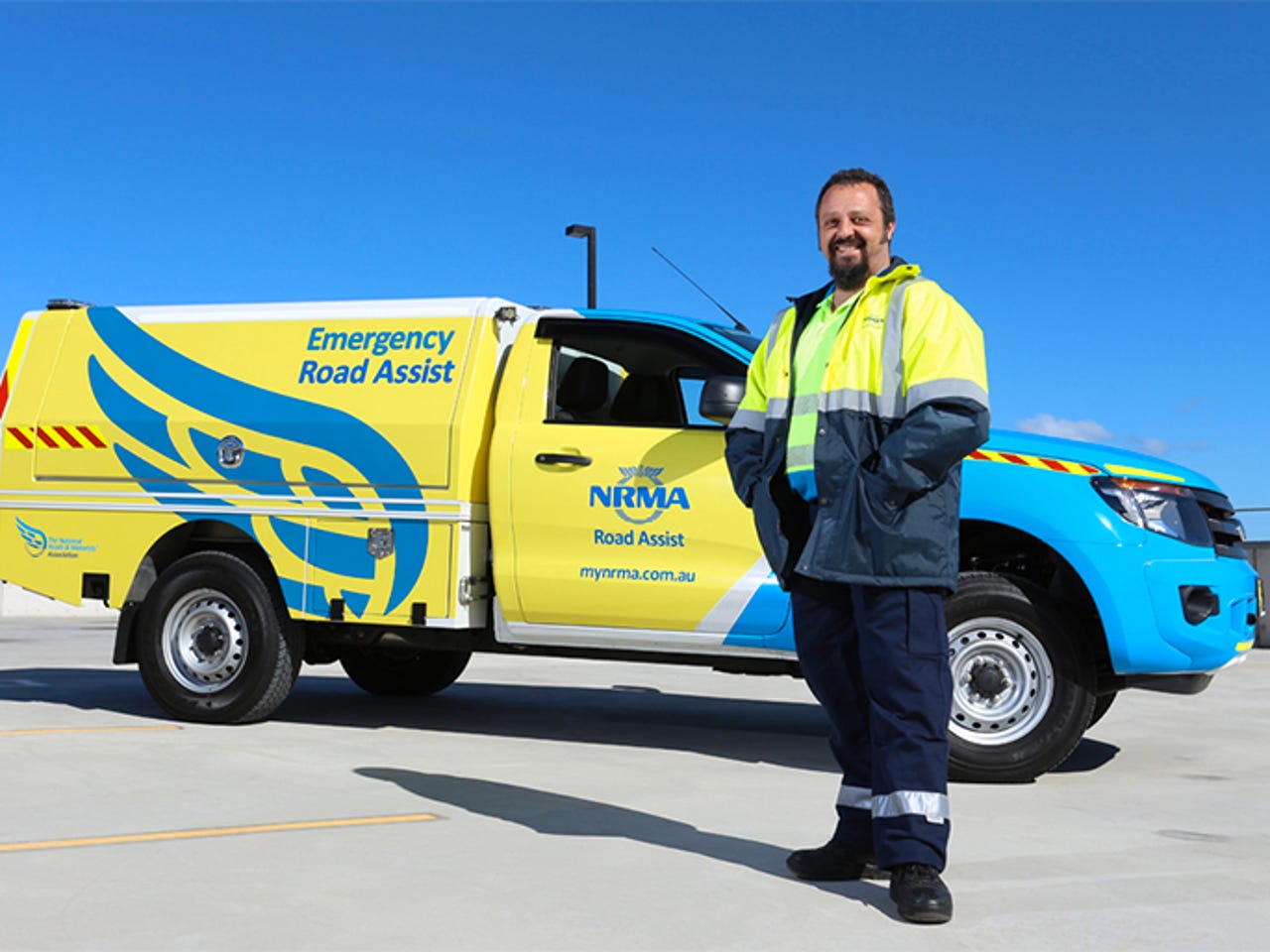NRMA shifting into the digital era through personalisation


The National Roads and Motorists' Association (NRMA) is a member-owned organisation that is well known for its roadside assistance. The NRMA considers itself as one of Australia's most trusted brands, one built from its people rather than a marketing team.
However, with the organisation next year turning 100, chief customer officer Emma Harrington said in recent years, the very reason people joined the NRMA and became a member has changed and the organisation needed to change as well.
"Like many brands, we're facing challenges of our relevance and our value is being questioned in this rapidly changing world," she told the Gartner Customer Experience & Technologies Summit in Sydney on Tuesday.
"Our core roadside assistance proposition is impacted by changes in market conditions -- we've got new competitors, we've got intermediaries, and technology advancements mean cars are more reliable and they break down less often."
See also: The first rule of digital transformation? Don't talk about digital transformation
A business model built on trust was still important to the NRMA, but how that trust was earned would occur differently.
"In the past, trust was a relationship built over time. The companies that were trusted were those that had a large legacy brand with high awareness, much like ours, but trust in institutions is changing ... now trust is a relationship built with immediacy and led by behavioural tendencies and experience -- and it seems like we're always in beta," she said.
"Relying on only pre-existing knowledge we had of our customers, members, and their needs was not going to be enough to guide our approach and inform our transformation and member strategy."
The organisation set out to create an app that "reinvigorated the relationship with its members and people". But the app couldn't just be an app, with Harrington explaining it needed to be personalised, have different levels of access for different membership types, and should inspire people to join as members as well as spend across its brands.
"This threw up questions of whether our digital strategy could work for our existing base of members who included a large segment over 50 ... there was a common belief in the business that they wouldn't use an app," she said.
See: Tech budgets 2019: A CXO's guide (ZDNet special report) | Download the report as a PDF (TechRepublic)
What resulted was an app that targets joint offers, pushes notifications, and provides a digital marketplace, real-time savings tracker for members, road trip curation, and other capabilities to show how the work performed by NRMA is centred around the emotional connection with communities -- the core of the organisation's business model.
Harrington said it was done in six months.
"We designed for people and used digital technology and [marketing tech] to remove the bad friction from our customer journey but also to create memorable personalised experiences," she explained.
"We found we couldn't wait or afford to be perfect, we had to progress. Instead we thought it was better to get the ball rolling and let it gain its own momentum. For a 99 year-old organisation, this was a new way of working and the support of our technology colleagues was critical, particularly when we were breaking the rules on our own processes.
"We're still at the start of our journey and will continue to add digital capability, and use artificial intelligence to drive personalisation and triggers to unlock more value."
One year in and Harrington said 1.5 million members have experienced the app, Blue. It has more than 1 million app downloads, with 425,000 active users.
The early adopters were primarily aged over 50.
"Our gold members which have been members for over 25 years are very active digital users," she said. "We believed our members could embrace digital but we needed to guide them."
RELATED COVERAGE
- Bupa touts customer experience in digital transformation
- No more clerk with a rubber stamp: Service NSW touts its people as key to its success
- Jetstar on avoiding drinking the 'Kool-Aid' in Oracle integration
- Telstra realised looking at what customers were saying was the right thing to do
- Austrade's new customer-focused transformation is reaping rewards
- Geoscience Australia embedding staff within Australia Post to learn its 'culture'